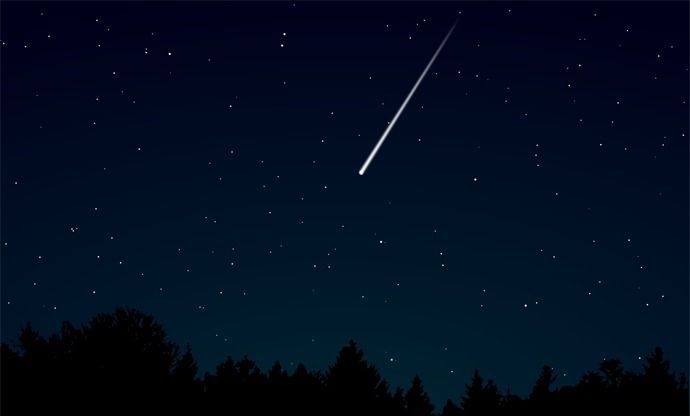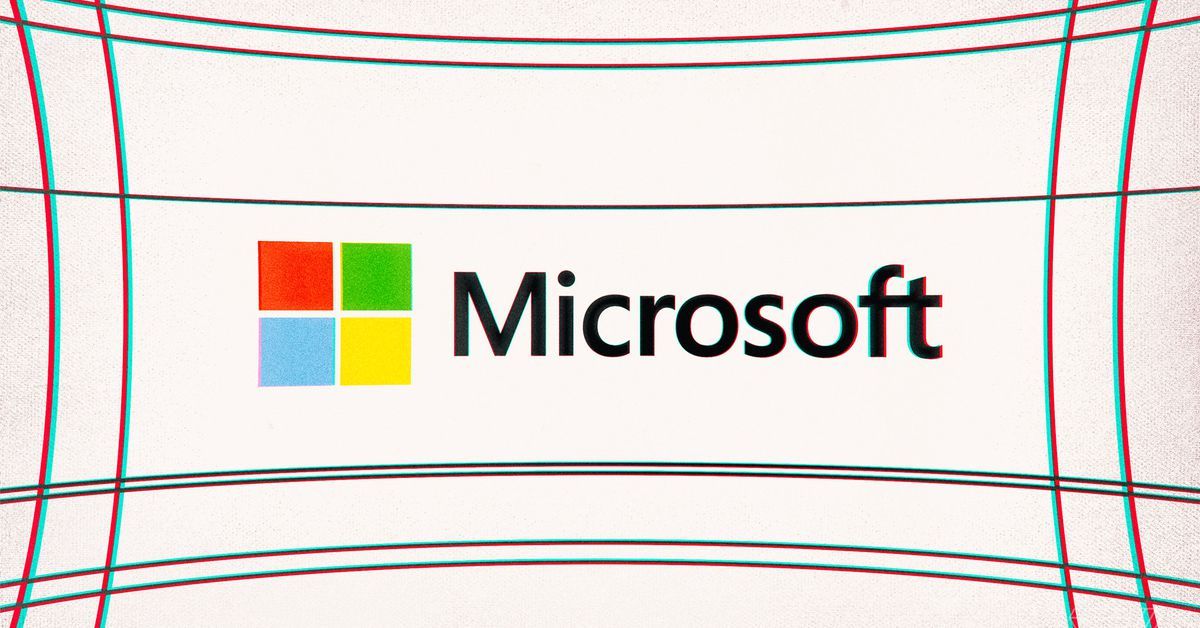WATCH LIVE: SpaceX is attempting to launch 64 small satellites into orbit. Launching so many satellites at once is not easy. Each one has to deploy without hitting the rocket or one another.
Get the latest international news and world events from around the world.

US life expectancy drops again as opioid deaths and suicide rates rise
An American born in 2017 is expected to live to be 78.6 years old, according to data from the CDC’s National Center for Health Statistics. That’s one-tenth of a year lower than the previous year, or, put another way, it shaves 1.2 months off the life expectancy of a baby born in 2016. Life expectancy dropped from 2014 to 2015, then held steady in 2016, the CDC said.
The decline is a troubling sign for the United States, which already usually ranks lowest among other wealthy countries for life expectancy.
The top three causes of death, unchanged from previous years, were heart disease, cancer and unintentional injuries. The report attributed the drop in life expectancy to increases in mortality from unintentional injuries, which includes most fatal drug overdoses, among other factors.


Hello, asteroid Bennu
NASA’s OSIRIS-REx Asteroid Sample Return Mission flew over two billion miles through space to meet you. Here, the spacecraft’s camera captures a full rotation of the asteroid from only about 50 miles away: https://go.nasa.gov/2rhr6a3&h=AT1i_D7IINmmgUy-jZJD7S-NBK6d4F…dBHOk_2iFA OSIRIS-REx will study Bennu for almost a year and eventually select a location to collect a sample to return to Earth. #WelcomeToBennu
NASA expert says alien life may have ALREADY visited Earth
They could be walking among us right now.
What If Time Is an Illusion?
What if the past, present and future all exist at once?

FAI Considers Lowering Boundary of Space
Well, there’s some great news for Virgin Galactic as it prepares for an attempt to send SpaceShipTwo to space. The Fédération Aéronautique Internationale (FAI), which maintains records for aviation and spaceflight, is considering lowering the boundary of space from 100 to 80 km (62.1 to 47.7 miles).
Virgin Galactic’s SpaceShipTwo probably can’t reach the 100 km boundary, which is also known as the Karman line.
FAI issued the following statement last week:

Henri Becquerel and the Serendipitous Discovery of Radioactivity
Antoine Henri Becquerel (born December 15, 1852 in Paris, France), known as Henri Becquerel, was a French physicist who discovered radioactivity, a process in which an atomic nucleus emits particles because it is unstable. He won the 1903 Nobel Prize in Physics with Pierre and Marie Curie, the latter of whom was Becquerel’s graduate student. The SI unit for radioactivity called the becquerel (or Bq), which measures the amount of ionizing radiation that is released when an atom experiences radioactive decay, is also named after Becquerel.
Becquerel was born December 15, 1852 in Paris, France, to Alexandre-Edmond Becquerel and Aurelie Quenard. At an early age, Becquerel attended the preparatory school Lycée Louis-le-Grand, located in Paris. In 1872, Becquerel began attending the École Polytechnique and in 1874 the École des Ponts et Chaussées (Bridges and Highways School), where he studied civil engineering.